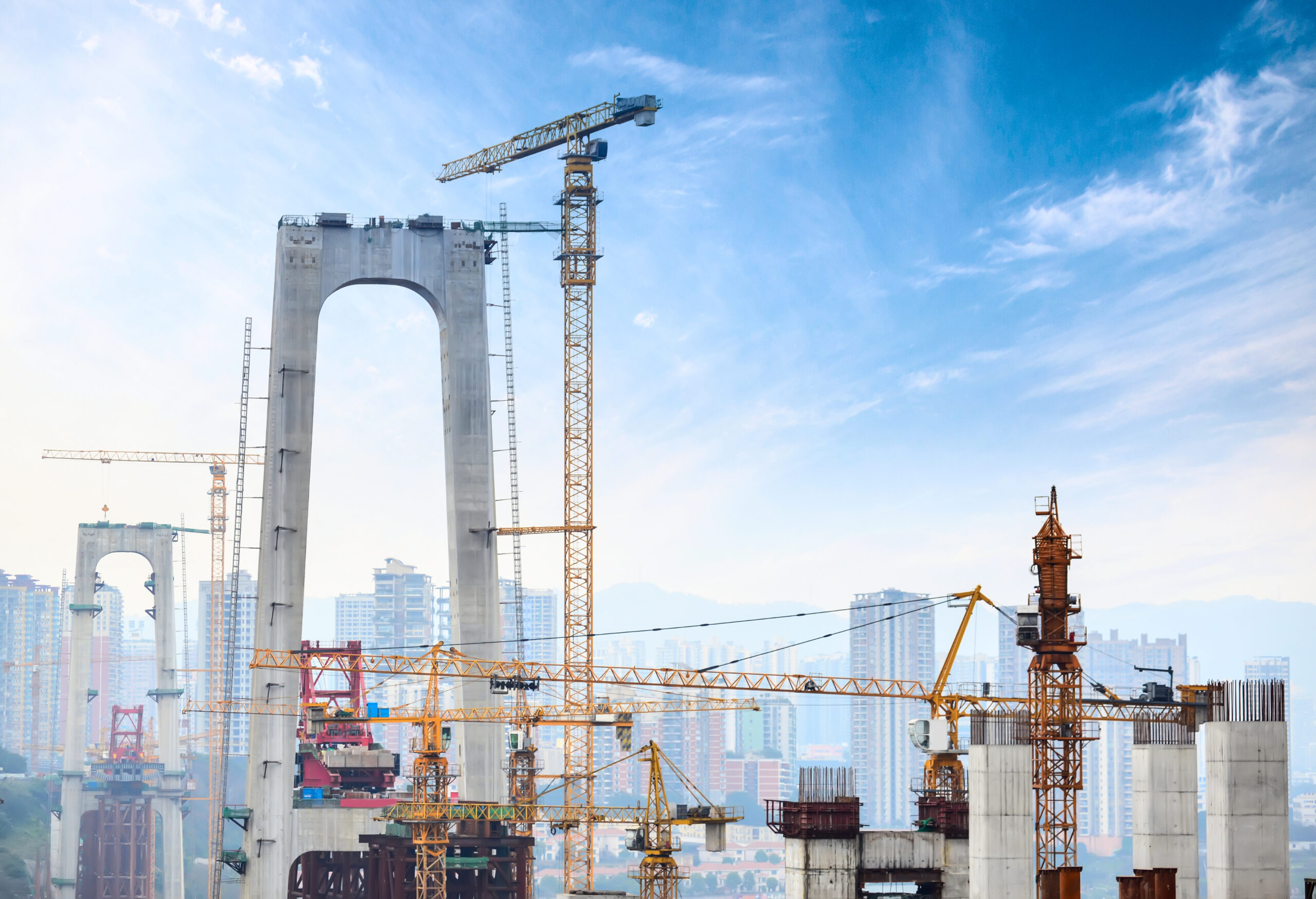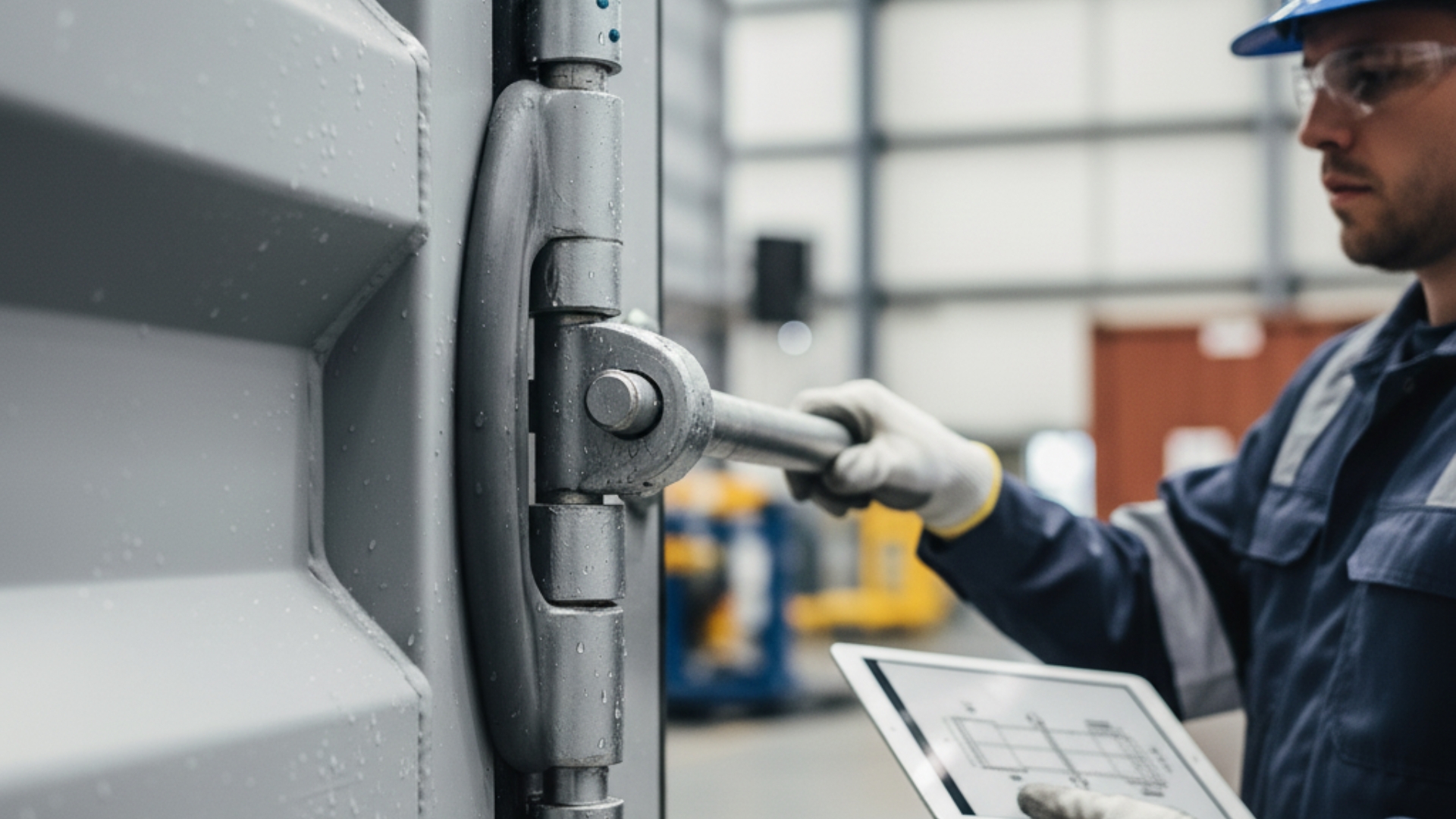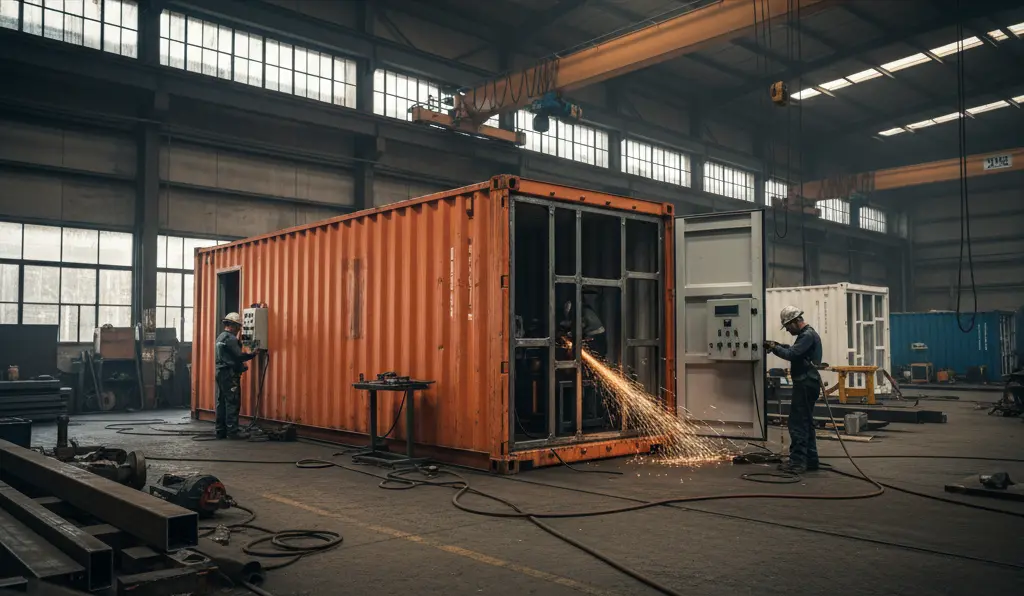Offshore containers are essential for safe and efficient oil, gas, and marine operations. They transport equipment, tools, chemicals, and supplies between ports and offshore platforms. But handling these containers is not without risks.
According to the U.S. Bureau of Labor Statistics, an average of 42 crane-related deaths occurred each year between 2011 and 2017. In the maritime industry, crane operations are one of the riskiest tasks. Failures involving containers or lifting gear can quickly escalate into serious accidents, costly project delays, or even fatalities.
The inspection, repair, and maintenance sector has shown how expensive equipment downtime can be. Every hour lost impacts productivity and revenue. Containers that fail at critical moments don’t just delay schedules; they also put workers at risk and damage company reputation.
To help operators avoid these setbacks, let’s look at the five most common offshore container problems and how to prevent them.
Problem 1: Structural Integrity Failures Under Marine Loads
The Problem: Offshore containers face heavy dynamic loads during lifting and transport. If their structure fails under these conditions, the consequences can be serious.
Root Cause: According to DNV failure analysis experts, structural failures typically fall into four categories: design deficiencies, materials defects, manufacturing or installation defects, and service life anomalies (DNV Materials Failure Analysis).
Manifestation: Containers may fail during lifting operations, or show visible structural deformation under dynamic loads. In extreme cases, collapse can occur mid-lift.
Cost Impact: These failures cause project delays, force costly equipment replacement, and increase the risk of personnel injury.
Case Study Reference: The UK HSE documented two separate offshore crane boom hoist failures that resulted in boom collapses, causing major disruptions and safety concerns (IMCA Safety Flash).
How to Avoid:
- Certification Requirement: Use only DNV 2.7-1 certified containers designed specifically for offshore lifting.
- Regular Inspection: Implement systematic inspection protocols following DNV guidelines.
- Load Management: Always adhere to rated lifting capacities and maintain proper load distribution.
Problem 2: Corrosion and Environmental Degradation
The Problem: The marine environment accelerates corrosion. Salt exposure, humidity, and temperature fluctuations weaken offshore containers much faster than onshore equipment.
Critical Areas: The most vulnerable points include lifting eyes, structural joints, door seals, and floor supports.
Timeline: If left unchecked, corrosion can compromise structural integrity within just 12–18 months in harsh conditions.
Evidence from Industry:
- Shell’s offshore operations have documented “corroded equipment” as a recurring safety concern in marine environments (Daily Climate Report).
- Container manufacturers report rust as “the most pervasive issue” affecting load-bearing capacity (Tradecorp Container Issues).
Prevention Strategy:
- Material Selection: Specify containers with marine-grade coatings and corrosion-resistant materials.
- Protective Measures: Apply zinc-rich primers and epoxy topcoats for cathodic protection.
- Maintenance Schedule: Conduct quarterly inspections and renew protective coatings annually.
Also read : A60 vs DNV Certification: What’s the Difference and Which One Do You Need?
Problem 3: Lifting Equipment and Rigging Failures
The Problem: Even if containers are structurally sound, failures in lifting equipment—such as lifting eyes, slings, shackles, or crane interfaces—can result in dropped loads.
Consequences: These failures lead to container drops, personnel injury, and severe equipment damage.
Regulatory Issue: Non-certified lifting arrangements can also void insurance coverage, exposing operators to major liability risks.
Industry Statistics:
- Maritime crane incidents are among “the most catastrophic in the maritime sector,” according to maritime safety experts (Brookes Bell Maritime Analysis).
- The BSEE Panel Report documented a boom hoist wire rope failure that resulted in a fatality during offshore lifting operations.
Risk Mitigation:
- Certified Equipment: Always use DNV-approved lifting sets and rigging equipment.
- Pre-lift Inspection: Conduct thorough inspections of all lifting components before every operation.
- Load Testing: Implement regular proof load testing of lifting equipment in accordance with DNV standards.
Problem 4: Documentation and Certification Gaps
The Problem: Regulatory compliance is strict in offshore operations. Containers without proper certification cannot be legally lifted offshore.
Time Delays: If certification is missing or expired, retroactive approval can take weeks, halting offshore work entirely.
Insurance Implications: Using non-certified containers may void insurance coverage, leaving operators unprotected.
Industry Standard: The Marine Safety Forum guidelines specify: “Containers with less than 30 days certification will not be shipped to any offshore installation, except by written agreement” (Marine Safety Forum Guidelines).
Solution Framework:
- Proactive Planning: Maintain at least 60+ days of certification validity before offshore deployment.
- Digital Tracking: Use DNV’s digital certification platform for real-time monitoring of certification status.
- Backup Documentation: Keep certified copies (both digital and physical) accessible to offshore teams for inspections.
Problem 5: Inadequate Maintenance and Inspection Protocols
The Problem: Deferred maintenance often occurs when companies cut costs. While it may save money in the short term, it compromises long-term container reliability.
Inspection Gaps: Irregular or superficial checks can miss critical wear points, hidden cracks, or coating failures.
Documentation Failures: Without proper records, it’s impossible to track container condition over time or spot recurring issues.
Cost Analysis:
- Cognitive Market Research identified high maintenance costs as a major challenge in offshore container operations.
- Safety4Sea reported that container-related incidents can result in “lengthy loading and discharge delays,” with significant financial impact (Safety4Sea Crane Analysis).
Best Practice Implementation:
- Structured Maintenance: Follow the manufacturer’s maintenance schedules and DNV inspection guidelines.
- Condition Monitoring: Use predictive maintenance tools and technologies for early fault detection.
- Documentation System: Keep comprehensive records to analyze wear trends and support compliance.
Conclusion
Offshore containers are vital to oil, gas, and marine industries. But when they fail, the costs are high, both financially and in human safety. The most common issues include:
- Structural integrity failures
- Corrosion and environmental damage
- Lifting and rigging failures
- Documentation and certification gaps
- Poor maintenance and inspection practices
The good news is that these problems are entirely preventable. By investing in DNV-certified containers, using corrosion protection, following safe rigging practices, maintaining valid documentation, and implementing robust maintenance protocols, offshore companies can avoid costly downtime and protect their workers.
In the end, safety and efficiency go hand in hand. Addressing these container problems before they escalate ensures smoother operations and better long-term returns.




